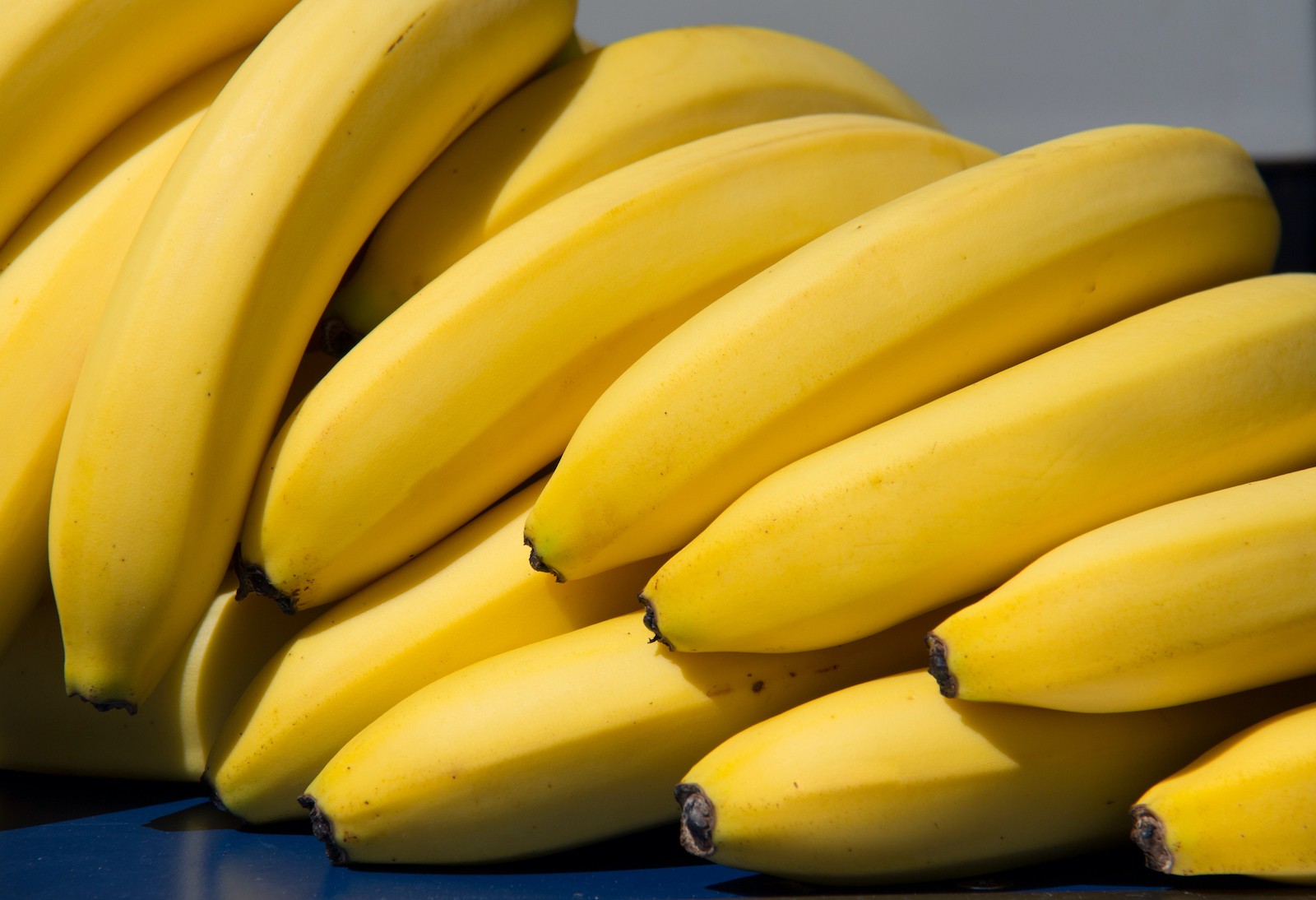How to Make your Brand Stand Out
Being a newbie in any industry is tough, most especially in the cutthroat world of food and bever-ag...

July 16, 2021
As far as fruit hierarchy is concerned, the humble banana is in an exalted position. It is the second most popular fruit in the world, easily accessible, amazingly nutritious, and supremely versatile. There are over 1,000 types of banana in the world, most of them in Southeast Asia, the center of its diversity.
There are over 70 known kinds in the Philippines, including hybrids and landraces. The country is one of the top five exporters of bananas in the world, with most of the production coming from Mindanao. Here are some of the local banana varieties that are used all over the world:
Bright yellow with a smooth surface, this variety, is a subgroup of bananas, which includes “tall Williams.” Named after William Cavendish, the 6th Duke of Devonshire, bananas under this type are hardy and resistant, thanks to their thick peel. This makes them ideal for shipping. The
fruit itself is slightly sweet and soft. Not typically the most flavorful banana, cavendish is best enjoyed raw.
Considered a predecessor to the cavendish, Gros Michel was the most popular banana for export from 1870 to the 1950s until disease wiped out most of the world’s supply. Sweeter and softer than the cavendish, its thicker peel also helps it withstand travel.
Popular among locals, the lakatan (alternatively spelled lacatan) flaunts an elongated shape and a yellow to yellow-orange hue. This banana is prone to bruising and ripens quite easily. It is soft, juicy when ripe, sweet, and aromatic. Known as a dessert banana, lakatan may be enjoyed raw or cooked in cakes or bread.
Another local crowd pleaser, latundan bananas are generally shorter and broader in shape, unlike the lakatan. The thin peel is a much paler yellow that is quick to freckle. It’s not too sweet and its cream-colored fruit is incredibly rich. Also considered a dessert banana, overripe latundan is normally used for banana bread.
Stubbier but similar in shape to the latundan, the saba’s thicker-than-usual skin goes from green to pale yellow to brown. It is normally speckled with brown spots. Unripe saba is tough and chewy, with a starchy mouthfeel. This banana is oftentimes cooked. Ripe saba, which can be deliciously sweet, can be boiled and eaten as is. Not only does it make up popular local snacks like turon, maruya, and banana cue, it’s also used to embellish other desserts like halu-halo. Saba was also the primary ingredient of the banana ketchup, developed by Maria Orosa in 1942.
These bananas may be miniscule, each piece easily fitting into the palm of a hand, but they pack some serious flavor. Señoritas are especially sweet. The downside is that they don’t travel well. It’s rare to see them in supermarkets.
Red bananas are not endemic to the Philippines. Morado normally grows in the Visayas and Mindanao region, but they can also be found in the Quezon and Bicol areas. Its notable hue ranges from crimson to maroon, thanks to its higher beta carotene, iron, and vitamin C content. Bigger than the lakatan, morado has skin that is thick and leathery, while the soft flesh is sweet with a slight tangy note. Morado seeds are also distinctly bigger than usual.
This banana stays green even after it ripens. It’s lightly sweet—similar to cavendish—and fragrant with a lingering tangy aftertaste. According to the Farmers’ Handbook on Introduced and Local Banana Cultivars in the Philippines, it also makes an ideal base for banana cakes.
Check out these food fusions between Filipino and Middle Eastern cuisines
The unending quest for healthy and sustainable food amid changing lifestyles
A quick look at the Philippine food staple often getting a bad health rap